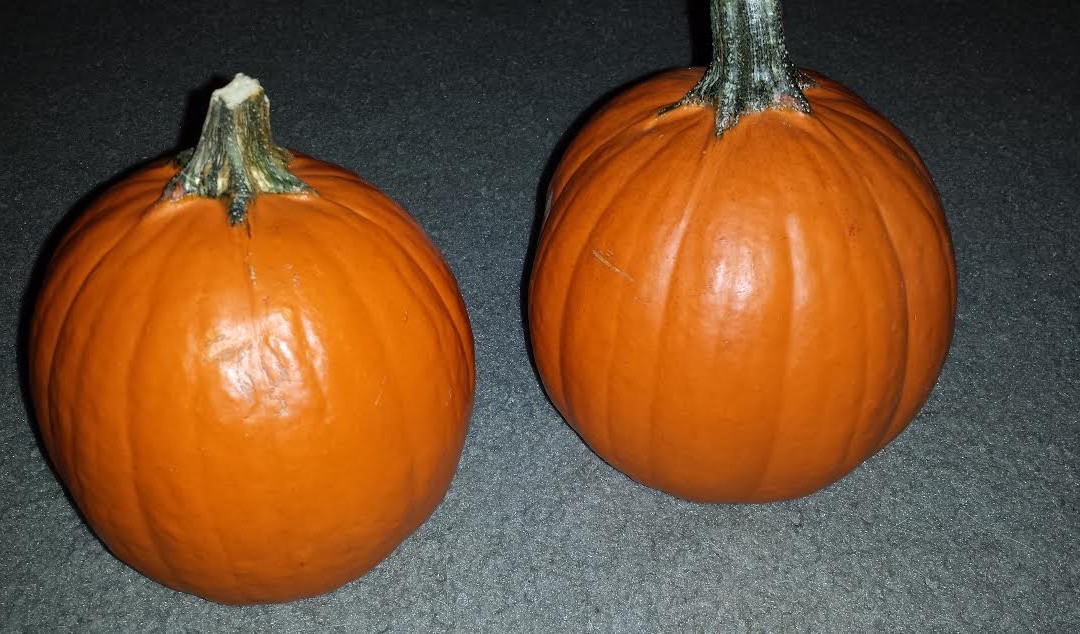
by Joy Thompson | Oct 6, 2015 | Blog
Although we more often think of carving pumpkins for the autumn season, these fruit are actually edible…and not just for pies or muffins!! They can be eaten raw, roasted, baked, and steamed; the flesh, seeds, and leaves are edible AND they are nutritious and low calorie (Did you know that a 1-cup serving has 3 grams of fiber and only 49 calories?). Pumpkin is packed with antioxidants such as vitamins A, C, and E, beta-carotene, and zeaxanthin (which helps to prevent age-related macular disease). It’s a rich source of B-vitamins like folates, niacin, thiamin, and pantothenic acid, and minerals such a calcium, copper, potassium, and phosphorus. These are immune-boosting ingredients to help the body stay strong and ward off common colds and flus that may be going around! (1cup of pureed pumpkin has 11mg [20%] of RDI of vitamin C) 1 cup of cooked mashed pumpkin contains more than 200% of the RDI* of vitamin A which aids vision, particularly in dim light. Also pumpkin is rich in carotenoids, which are the compounds that give the fruit their bright orange color, including Beta-carotene which the body converts into a form of vitamin A. Pumpkin has a high amount of phytonutrients, particularly the antioxidant Beta-carotene, like their orange colored friends: sweet potato, carrot, and butternut squash, which helps to prevent the risk of cancers particularly of the mouth, lung, and colon. It also has anti-aging benefits and antioxidants called carotenoids that have free-radical-neutralizing powers to help keep skin wrinkle-free and radiating a healthy glow. Boost your mood with pumpkin seeds: the seeds are rich in the amino acid tryptophan which is important in the production of serotonin...


